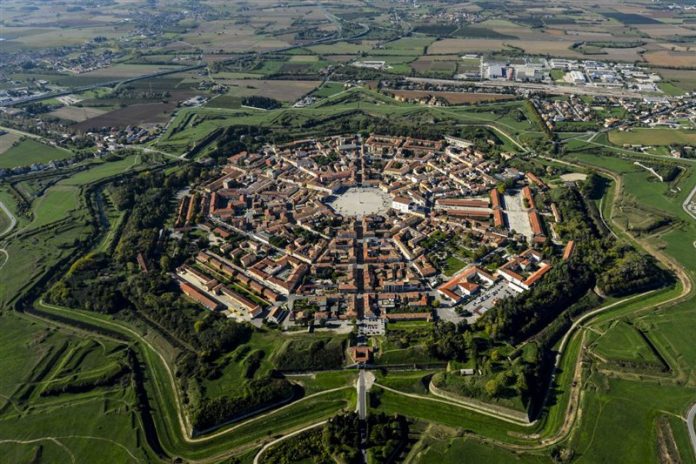by EH
Tourism is rapidly becoming the economic engine driving the Friuli Venezia Giulia region. Regional officials gathered this week for the “Tourism Days 2024” conference at the University of Udine, where they discussed how strategic investments in infrastructure, legislative action, and targeted promotion have reshaped the region’s tourism sector.
Speaking at the event, Sergio Emidio Bini, the region’s Councillor for Productive Activities and Tourism, highlighted the impressive growth that tourism has fueled in Friuli Venezia Giulia. “Tourism is the locomotive propelling many sectors of our economy,” Bini said, adding that the region has long understood the potential of the sector and acted decisively to harness it. He pointed to the success of the regional branding campaign “I am Friuli Venezia Giulia,” which he called “strongly identifying and defining.”
The numbers reflect this success. In 2024, Friuli Venezia Giulia’s airport hit a historic milestone, surpassing one million passengers in October for the first time ever. The surge in arrivals is a key indicator of the region’s growing appeal to tourists from around the world.
“We’re seeing the results of strategic planning and targeted investments,” Bini continued. “The increase in passenger numbers is no coincidence. It’s the outcome of years of focused work.”
A central element in the region’s tourism strategy has been improving infrastructure and accommodations to meet the growing demand. Bini noted that post-pandemic travelers are seeking authenticity, quality, and unique experiences, all of which the region offers in abundance. From the Alps to the Adriatic coast, Friuli Venezia Giulia’s diverse ecosystems and local cultures have helped establish it as an increasingly popular destination.
“Our region has looked beyond the traditional tourist hotspots,” Bini said. “We’ve invested in improving vacation accommodations not only in historically popular locations but also in lesser-known areas, so that visitors can explore the full breadth of what our region has to offer.”
To bolster these efforts, the region has also focused on attracting young talent and ensuring future growth. Bini specifically addressed the students in the audience, encouraging them to pursue careers in tourism, which he believes will be one of the most dynamic sectors in the coming years. “Training is key to the future of tourism,” he emphasized.
In addition to the impressive growth in tourism arrivals, Demoskopika projections for 2024 suggest direct tourism spending in the region will reach approximately one billion euros, a 10.2% increase from 2023. This marks a dramatic leap from the 600 million euros spent in the previous year, signaling a robust rebound after the pandemic.
Despite the significant progress, Bini acknowledged there is still much work to be done. However, he remains optimistic, pointing to the region’s clear vision and the pride felt as the area continues to grow in popularity.
“As we look to the future, we are confident that our investments will yield even greater results, enhancing the region’s reputation as one of Italy’s premier destinations,” he said.





























